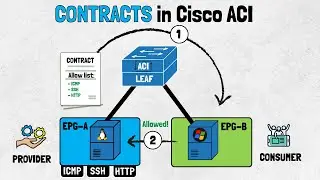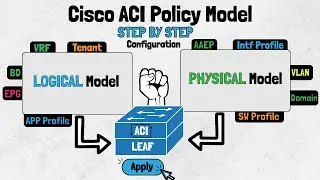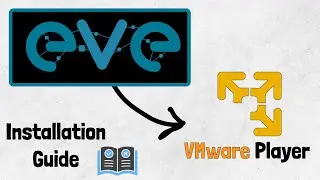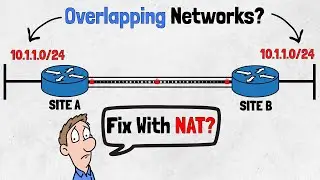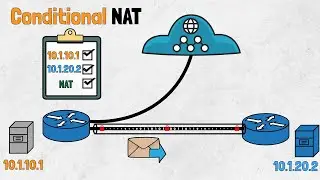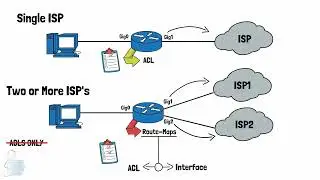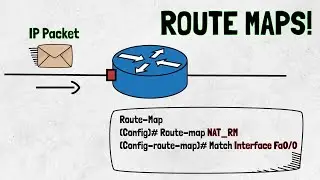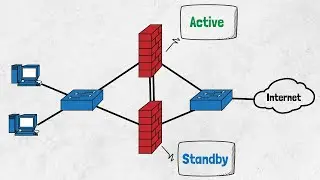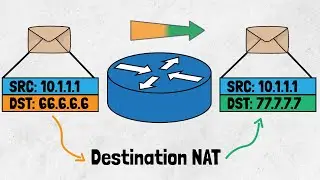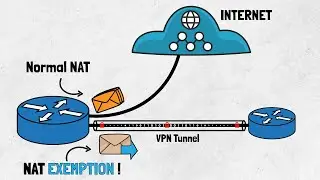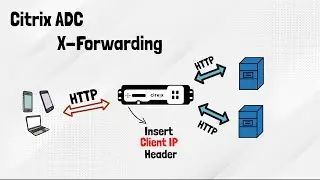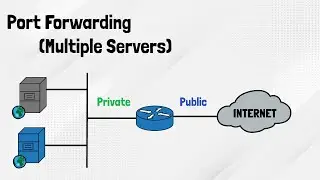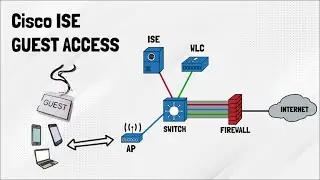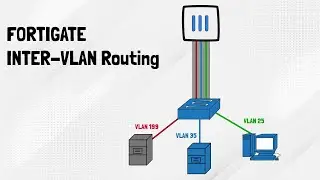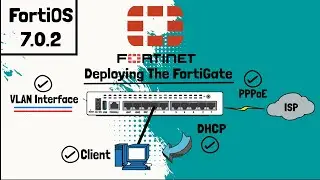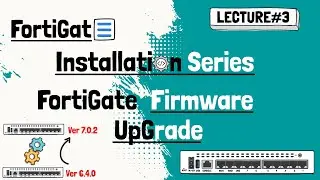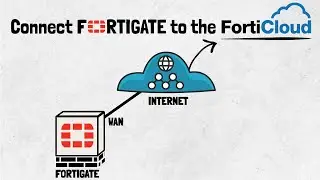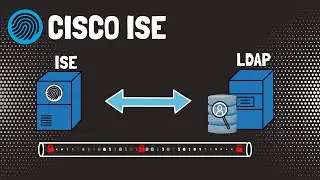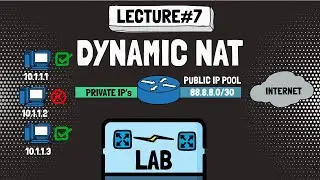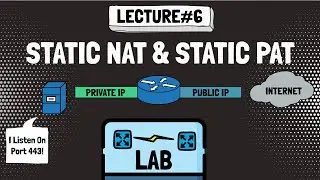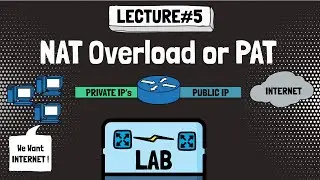NAT Order Of Operations || NAT Beginner's Series || LECTURE#4
In this video, we will learn the Order Of Operations of NAT (Network Address Translation) on a NAT Cisco Router running IOS or IOS-XE.
NAT Course Link
==============
https://doctornetworks.net/courses/ci...
Going through the checklist, we will first understand how to define the INSIDE & OUTSIDE interfaces on a cisco router.
Secondly, we will have a look at the order of operations of NAT(Network Address Translation) in IOS or IOS-XE devices.
INSIDE & OUTSIDE interfaces
========================
In the previous lecture we thoroughly understood the terms INSIDE & OUTSIDE when it comes to NAT. Just to repeat that, INSIDE is where your organization's devices physically exist while OUTSIDE is where the devices outside of your organization physically exist.
Now as with any device, a Cisco router cannot know that by itself, we have to define it & it is defined by the interface level command of “ip nat inside” for the INSIDE zone & “ip nat outside” for the OUTSIDE zone .
Once they are defined, we can go ahead with configuring our NAT type, for example static NAT , dynamic NAT or NAT overload. Which you will see in action in the next video.
NAT Order Of Operations
===================
When troubleshooting NAT, this concept will 90% of the time save your day. For this series we will keep it really simple.
Heading towards Cisco's Documentation on the order of operations for NAT wrt cisco IOS/IOS-XE devices, you see there are a lot of things taken into consideration. But we will focus on the utmost important one for this series, and that is “Routing”.
Routing basically decides the outgoing interface for the IP Packet. When the initial packet lands on an INSIDE interface, routing occurs first which decides the outgoing interface for the IP packet.
After deciding the outgoing OUTSIDE interface, the NAT statement is triggered corresponding to those interface’s.
Now, When the packet is coming from an OUTSIDE interface, NAT occurs first & then routing is performed.
Now I don't want you to focus too much on this right now because this will be discussed in detail in the future series, But you need to understand the importance of “routing” when it comes to NAT.
That means the NLRI or Network Layer Reachability Information must be complete with the perspective of the Boundary router for NAT to trigger & function properly.









